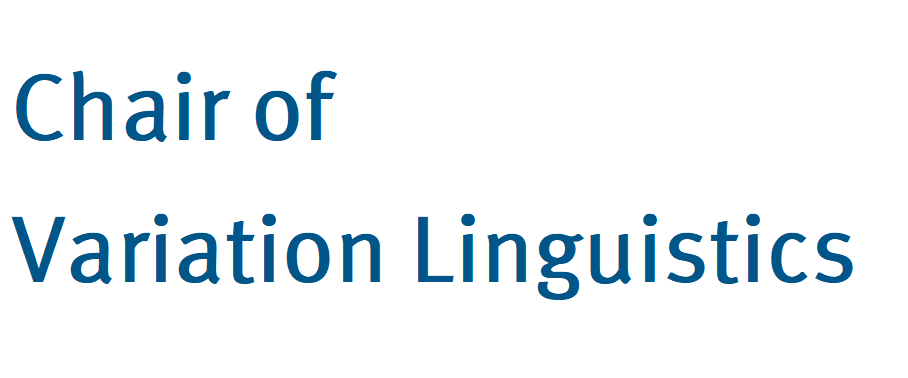A DIACHRONIC STUDY OF THE LANGUAGE OF THE TRINIDAD & TOBAGO GUARDIAN
This diachronic study aims to investigate the shifts and mutations of Standard English in Trinidad & Tobago over time by analysing articles from the Trinidad & Tobago Guardian (formerly the Trinidad Guardian) from three different periods, roughly 30 years apart. These selected time periods reflect three very distinct periods in the history of Trinidad & Tobago, first as a British colony, then as a newly independent country, and finally contemporary Trinidad & Tobago, an increasingly important player in the Caribbean context and the American continent. These periods reflect shifting spheres of influence, as British authority recedes and the islands are increasingly influenced by the United States and other American countries via strengthening social and economic ties as well as the rising presence of American media.
The texts analysed in this project fall into one of two categories: reportage and editorials. They were taken from issues of the newspaper Trinidad & Tobago Guardian from the years 1938, 1968 and 2012. The corpora assembled comprise 120,000 words of reportage and 60,000 words of editorials for each year, for a total of 540,000 words. The articles selected are a minimum of 50 words in length and are all strictly about local news and issues, that is to say, they deal exclusively with events and people in Trinidad & Tobago, excluding articles written by foreign correspondents and international news agencies, such as Reuters. The data from the different periods are analysed for concordances and discrepancies in the use of, among other things, contractions, the passive voice and progressive aspect, relative clauses, modals and semi-modals and verbal complementation.


